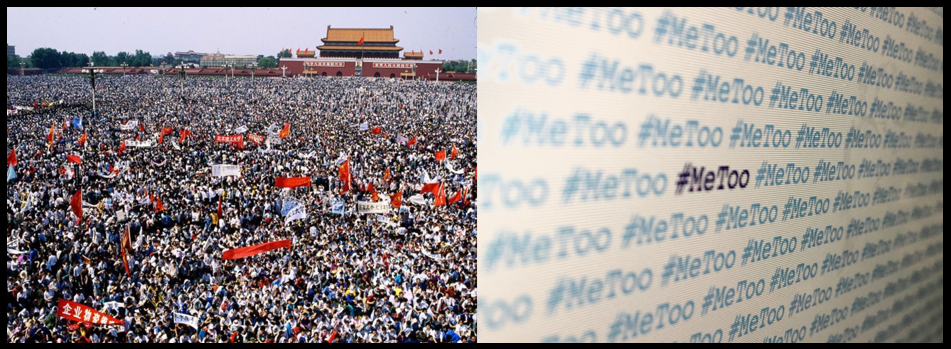
Xi Jinping’s Master Plan to Support Taiwan Independence
May 20, 2019
A Chinese Invasion of Taiwan Would Be a Bloody, Logistical Nightmare
June 25, 2019By: Yang Jianli and Han Lianchao |
In the 1980s, conflicting patterns of economic liberalization and the Chinese Communist Party’s (CCP) dogmatic insistence on unchallenged social control led to a widespread protest movement across the People’s Republic of China (PRC, China). Tensions reached an apex on June 4, 1989 in what became known as the Tiananmen Square Massacre. In memory of the 30 year anniversary of the Party’s brutal and lethal suppression of their own people, this paper provides a comprehensive review of the CCP’s post-Tiananmen survival strategy and the enduring tradition of civil resistance in the PRC. Though CCP methods of quelling civil dissent have strengthened in the decades following Tiananmen, the authors identify various indicators of growing discord in the PRC. In evaluating the perseverance of civil resistance in China, the authors conclude that the ongoing struggle against the authoritarian Party apparatus is far from over.
Regime-Resilience-and-Civil-Resistance-In-Post-Tiananmen-China-Yang-Han-060320



